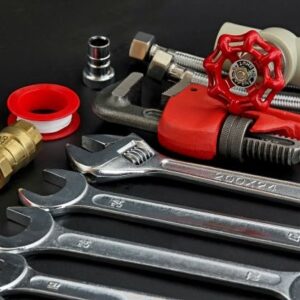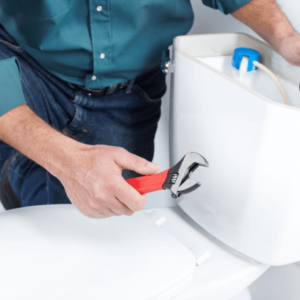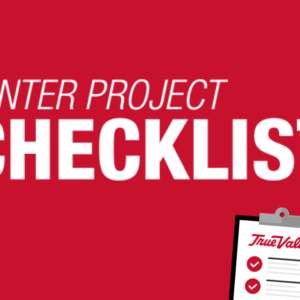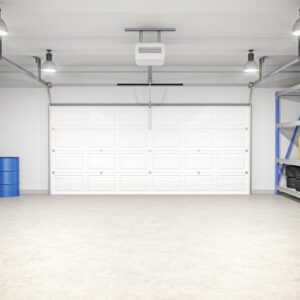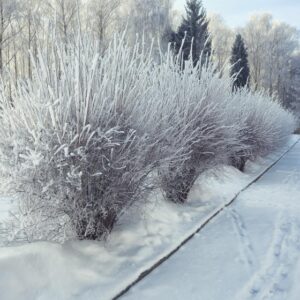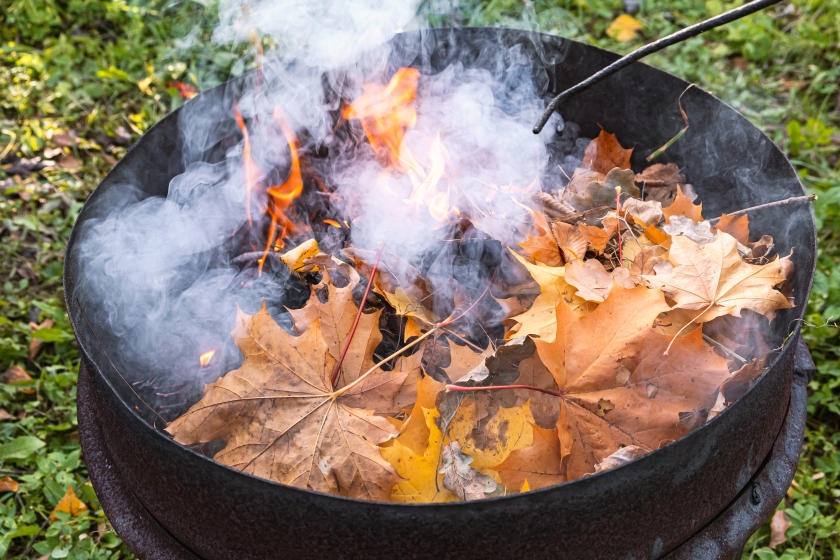Fall is the perfect time for bonfires, burning leaves and other outdoor activities. But with party lights, patio heaters, outdoor fire pits and grills, fall can also be a time for dangerous fires, electrical hazards and other mishaps. So don’t forget to take the necessary precautions to keep your property and loved ones safe through autumn and into winter.
1. Fire
Before you light a fire, make sure outdoor fires are legal in your community. If outdoor fires are permitted, only build them where they can be contained. Try an outdoor chimenea, fire bowl or fire pit, taking care not to overload it. Make sure there is nothing flammable within 3 feet of the fire. It is important that you never leave a fire unattended. Sparks can blow onto surrounding leaves and grass and quickly spread. Always keep a garden hose or bucket of water nearby to extinguish errant flames.
When you’re done with your outdoor fire, drown flames with plenty of water and stir the ashes. Continue adding water and stirring until everything is cold to the touch. Don’t discard ashes or embers in trashcans until the next day. Instead, collect them in a metal bucket designated for ashes only and leave it outside overnight. Douse with water again in the morning before discarding the ashes in the trash. When using a patio heater, always remember to turn it off when you go inside.
It’s also important to keep your roof clear of leaves and other debris. This will prevent sparks, power lines or lightning from starting a fire on your roof—not to mention improving the look of your home’s exterior.
2. Electric Shock
When using extension cords outside, ensure your electrical safety by always using cords rated for outdoor use. They are designed specifically to be tough enough to withstand abuse from being exposed to extreme weather conditions. Inspect all cords regularly to ensure that they are not frayed or damaged and in safe working condition.
Your outdoor outlets need attention, too. Make sure they are weatherproof and have Ground Fault Circuit Interrupters (GFCIs) to protect you from getting a shock.
Before you begin outdoor home maintenance projects that involve digging or excavating, make sure you know where the underground power lines are. Contact your local power company or power line locator service.
Plant trees far from telephone poles and power lines and avoid trimming trees that are located near power lines. That’s a job best left to professionals. When working on the roof, a good rule of thumb is to keep yourself and your equipment at least 10 feet from hanging power lines.
SAFETY ALERT!
Avoid stepping on a wet roof or other elevated surface. Wear rubber-soled shoes for traction.
3. Toxic or Flammable Chemicals
Fall is the time of year when most people store away their lawn and garden chemicals. Many homeowners are often confused or intimidated by proper chemical safety and disposal practices. When dealing with any chemicals used for outdoor projects, always read the manufacturers’ safety warnings on product labels. This will tell you how to properly store and dispose of chemicals such as pesticides and herbicides. Because many lawn and garden chemicals are toxic and highly flammable, keep all containers in cool areas, away from heat and flames.
SAFETY ALERT!
When working with harsh chemicals or pesticides, always wear protective clothing, gloves and goggles. If you get any chemical substance on your skin, wash the area immediately with soap and water.
4. Tripping on Sidewalk or Patio Cracks
Examine your concrete sidewalks, walkways or stone patio for large cracks, broken pieces and other tripping hazards. For tiny cracks in concrete less than a 1/2″ wide, patch with concrete grout. First, clean the crack and surrounding area, removing any debris and dirt. Add a bit of water to the inside of the crack to help the grout bond better. Apply small amounts of concrete grout until the crack is filled just above the surface. The grout will shrink as it dries.
Slightly larger cracks can be fixed with caulk. Prepare the crack using the same method you would use for a tiny crack. Using a caulking gun, apply caulk to the crack in small amounts until it is level with the surface.
The largest cracks—those that are larger than an inch—need to be repaired with concrete patching compound. Prepare the area the same as if you were patching a tiny crack, cleaning the area of dirt and debris. Mix the patching compound with water, adding water to the crack and the surface. Use a trowel to apply the compound to the crack in small amounts until it is filled.
If you have any kind of breaks that are larger in size, you may need to call a professional to do more extensive repairs.
Check your lawn for protruding tree roots near play areas. If you see any roots that might be a tripping hazard, you may have to use an axe or hatchet to cut them down so they’re level with the ground. But take care so you don’t damage the tree—check with a local horticultural expert before you cut any roots.
Pick up rocks, branches, broken glass or debris that might be lying around the yard. Place any waste in a heavy-duty trash bag. If there are any ditches in or around your yard, they should be filled up or covered and secured so children cannot accidentally fall in. Ask a neighbor for help if the ditch is not on your property, but accessible to children. It’s in everyone’s best interest to make the neighborhood a safer place.
Be sure all buckets—and any large containers that can collect water—are empty and put away. Even a five-gallon bucket can hold enough water to drown a child.
Congratulations on using these outdoor safety tips to help. May all your fall outdoor activities be safe ones.
Project Shopping List
Here’s what you’ll need to complete this project successfully.
- Chimenea
- Fire bowl or fire pit
- Garden hose
- Water bucket
- Metal bucket
- Handheld electric blower
- Wet/Dry vacuum
- Yard refuse bags
- Gutter scoop
- Bucket with wire hook
- Ladder
- Adjustable ladder stabilizer
- Rubber-soled shoes
- Ground Fault Circuit Interrupter (GFCI) outdoor outlets
- Protective gloves
- Safety goggles
- Protective clothing
- Concrete grout
- Caulk
- Caulking gun
- Concrete patching compound
- Axe
- Hatchet
- Trowel
- Heavy-duty trash bags

